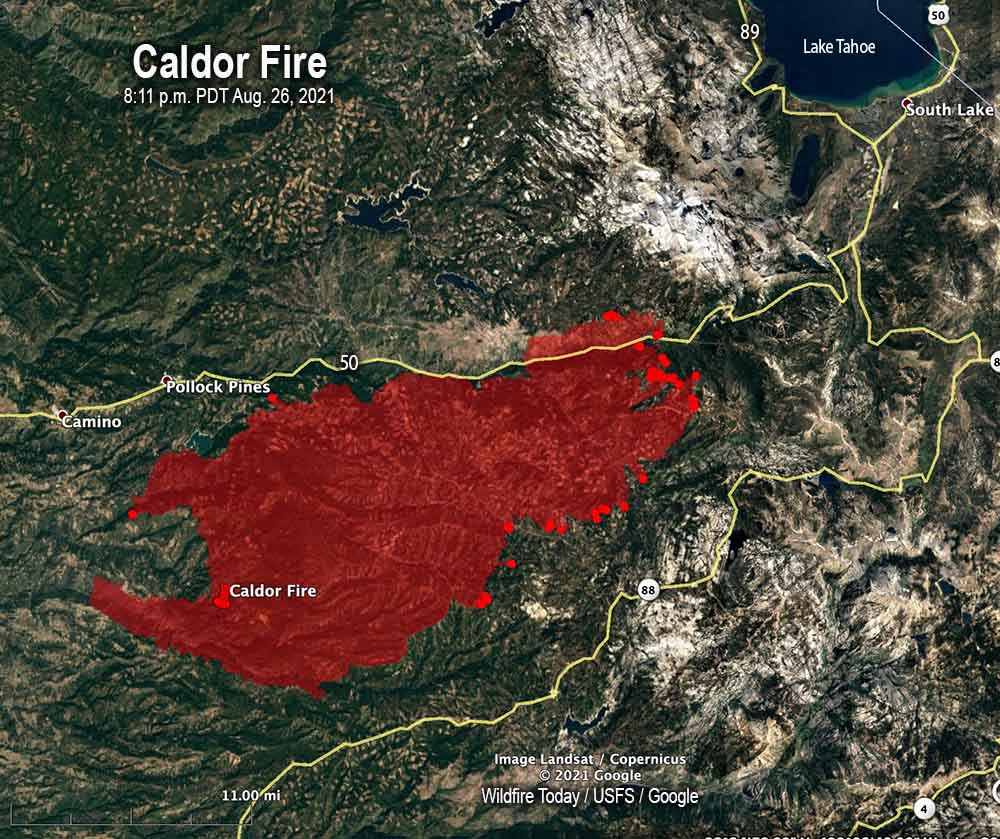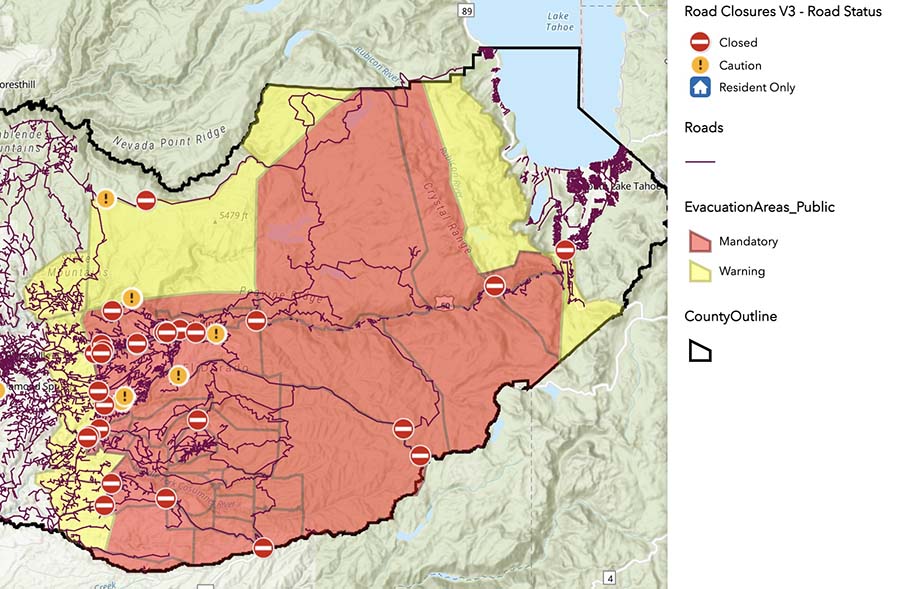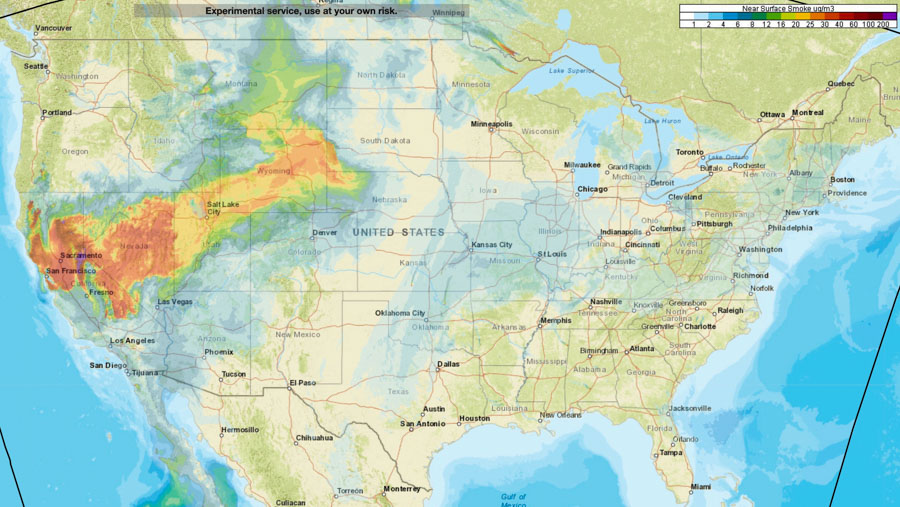4:45 a.m. PDT Aug. 29, 2021

The Chaparral Fire in northern San Diego County was active Saturday night. A mapping flight at 11 p.m. determined it had burned about 1,380 acres and had spread slightly into Riverside County. (See map above.) At that time it was less than a half mile west of Tenaja Road and had reached the end of Calle de Dietel.
The photo below shows active fire at 4:10 a.m. Sunday.

Firefighters expect the fire to spread to the north on Sunday. The weather forecast for the fire area is sunny, with a high near 95. Light and variable winds will become south 5 to 10 mph in the afternoon gusting as high as 20 mph. The relative humidity will rise from the mid-20s in the morning to the mid-30s in the afternoon.
The video below has incredible footage of the fire. It shows an impressive fire whirl, but it is not a “firenado”. Fire tornados are a real phenomenon. They begin to dominate the large scale fire dynamics and lead to extreme hazard and control problems. In size, they average 100 to 1,000 feet in diameter and have rotational velocities up to 90 MPH. They tend to persist for more than a few seconds or minutes.
Keep in mind that the detailed evacuation information in the video may have changed since it was edited and posted August 28, 2021.
An official map is available showing the evacuation areas.
The 17-second video below conveys an idea of the intensity of the Chaparral Fire Saturday afternoon.
#ChaparralFIRE ? Fire conditions earlier this afternoon captured by @FirePhoto101 pic.twitter.com/pUU6ePbnDM
— CAL FIRE/Riverside County Fire Department (@CALFIRERRU) August 29, 2021
6:42 p.m. PDT August 28, 2021

The Chaparral Fire grew very quickly after it started at about 12:30 p.m. Saturday afternoon in northern San Diego County in Southern California. By 5:30 it was mapped at 1,200 acres.
The fire is near Cold Springs Road and Tenaja Road in the community of La Cresta. It is just north of Camp Pendleton, 10 miles west of Temecula, and 12 miles east of San Clemente.
Many structures are threatened and mandatory evacuations are in place. A map is available showing the evacuation areas.

Firefighters on the ground initially had difficulty in gaining direct access in the remote area of the Cleveland National Forest. In the early hours it was completely in San Diego County, but was spreading toward Riverside County which was not far away to the east
Early on, eight air tankers were assigned, including two DC-10 Very Large Air Tankers. Later a third DC-10 was dispatched. That was a large aviation commitment considering the fires ongoing in Northern California. The Air Attack over the fire requested a “no divert” for some of the VLATs and other large air tankers due to life and property that were in danger. If approved, that would prevent the dispatcher from pulling them off the fire to respond to another fire.
At 4 p.m. the humidity began increasing at the Case Springs weather station west of the fire, from 22 percent at 3:22 p.m. to 50 percent at 6:22, and the smoke column started to diminish. Haze or low clouds at times obscured the view from the San Clemente South camera. This type of weather change can slow the spread of a wildfire.
? Footage from the cockpit of one of our #OCFA helicopters ? assisting on the #ChaparralFire. For information visit @CALFIRERRU.
The fire is not in OC nor is it a threat to OC at this time. pic.twitter.com/wtzlBXyaOB
— OCFA PIO (@OCFireAuthority) August 29, 2021
We will update this article as more information becomes available.












